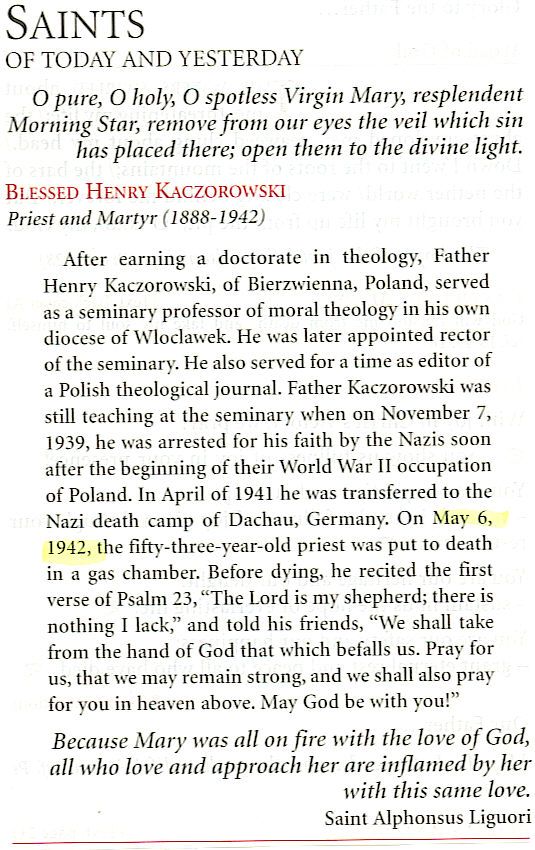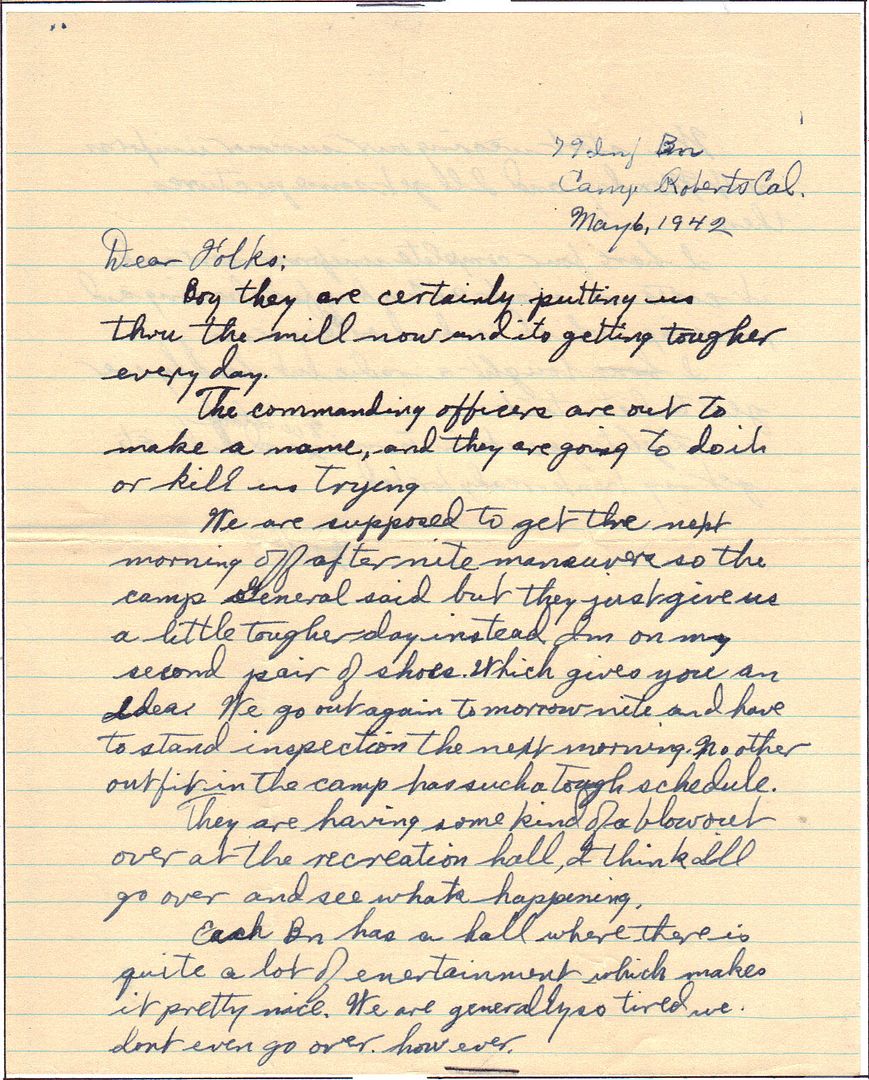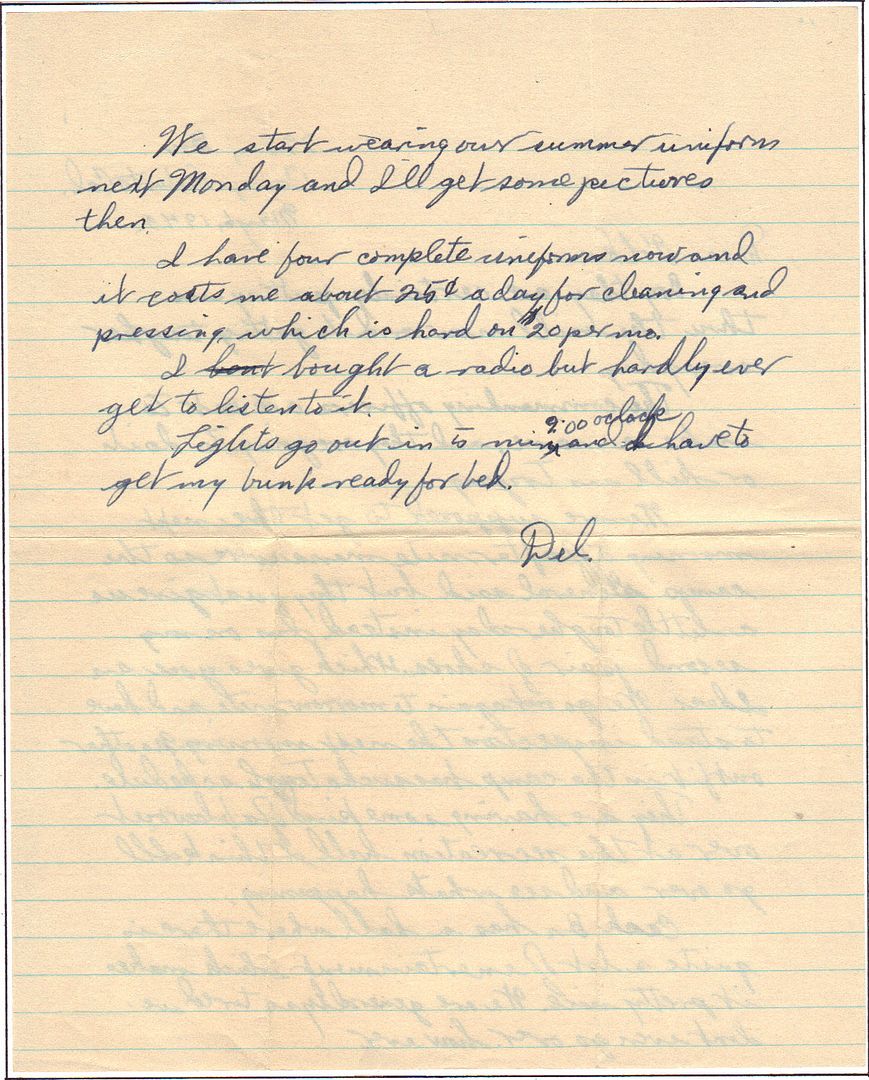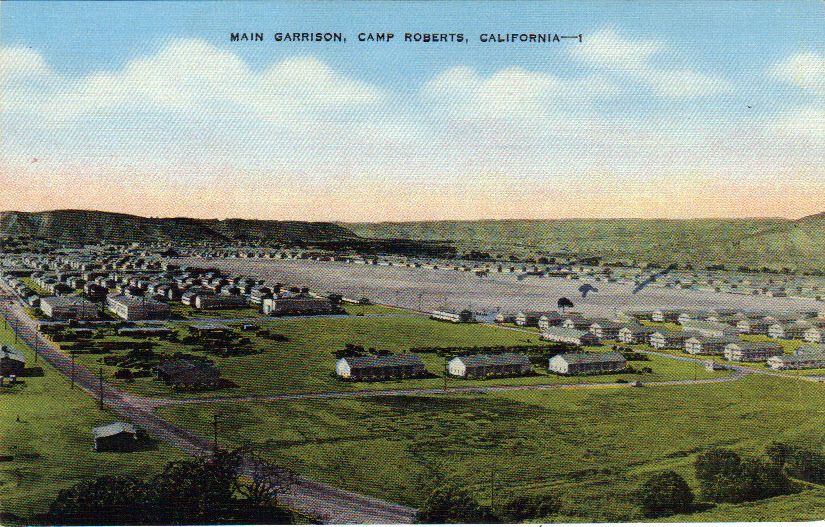


Two copies of the following postcard were also mailed today. The first was enclosed with the letter and says:
“79th Battalion area between two lines. Arrow points to my mess hall. My barracks is square behind it and not visible. Open area is ½ mile by mile paved parade ground. They take us out there at mid-day and drill us for an hour then sit us down and lecture us for an hour and as the thermometer is generally around 100° the seat of our pants leave tracks in the pavement. About on half of camp is visible in the picture.”
The other postcard was mailed to Homer’s aunt and uncle (Homer’s father’s sister and BIL) in Medical Springs, OR, and had the following message:
“I’m having an awful time trying to keep up correspondence. Don’t have too much time. Maybe I’ll get around to write a letter next Sun.
“Send some pictures of anything interesting around the place. I’m going to forget what home is like.”

The item about the Catholic priest is a bit lacking in historical accuracy, isn’t it? Perhaps some of the experts here can help sort the wheat from the chaff.
Starting with the easiest, Dachau wasn’t a death camp. Over it’s span, it had a death rate somewhere between 20% and 25% from all causes. It was the first concentration camp, but it certainly wasn’t a death factory.
It’s been a while, but it is my recollection from a visit there some years ago that they didn’t use the gas chamber there.
I’d also question the alleged cause of the arrest. There was likely more to it than being arrested ‘for his faith’. The fact that he was a Slavic intellectual probably had a good bit more to do with it.
If one is making ‘saints’ for political reasons, I guess it’s ok to stretch the facts.
Although many people died at Dachau, it was not a death camp. Of those, there were six: Belzec, Treblinka, Sobibor, Chelmo, Maidjaneck, and Birkenau [Auschwitz II].All in the East.